When you hear an artist say they’re putting the pedal to the metal – and they’re talking about their sewing machine – you get a sense of determination, intensity and a fiery spirit.
That kind of steely machine stitching can only come from someone who’s passionate about their cause.
Natalya Khorover is one such woman. Natalya had a thrifty upbringing in the USSR before moving to New York and has been aware of environmental pollution for as long as she can remember.
She has researched thoroughly the causes of climate change and the impact of plastic pollution on our world, and her textile art not only teaches others about that, but uses the offending material to add to the statement.
And yet you’d hardly know it. Her collaging, quilting and stitching is so skilled that the outcome barely resembles plastic at all. See what you think.
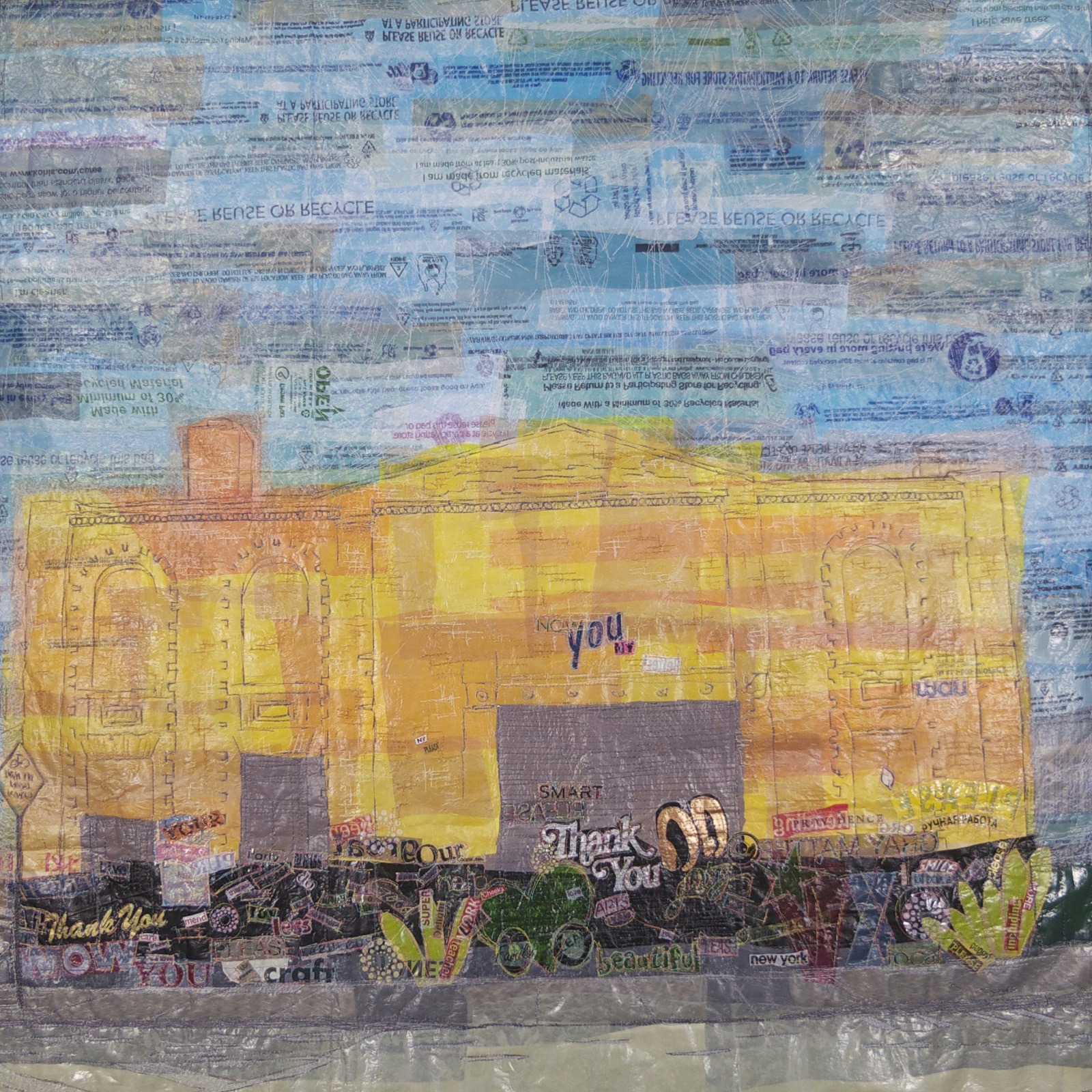
Evoking the urban vibe
TextileArtist.org: It’s clear that sustainability and environmental awareness are the inspiration for your artwork and you are passionate about recycling and re-imagining waste. How did this begin?
Natalya Khorover: I have been aware of environmental pollution since being tiny, but my start in repurposing materials originated from a modest upbringing. Growing up as an average kid in the USSR, it was natural to become thrifty at a young age as supplies were always limited, though I don’t remember thinking that I was limited in anything. When I started making art in short spurts between my kids’ naps and other activities, it was only natural that I used scraps from my stash.
Online shopping was not then what it is now, so access to new materials wasn’t always easy. Single-use plastic also wasn’t as commonplace as it is now, so I got into the habit of saving the pretty bags until one day I just couldn’t see a reason why I shouldn’t be stitching them as well.
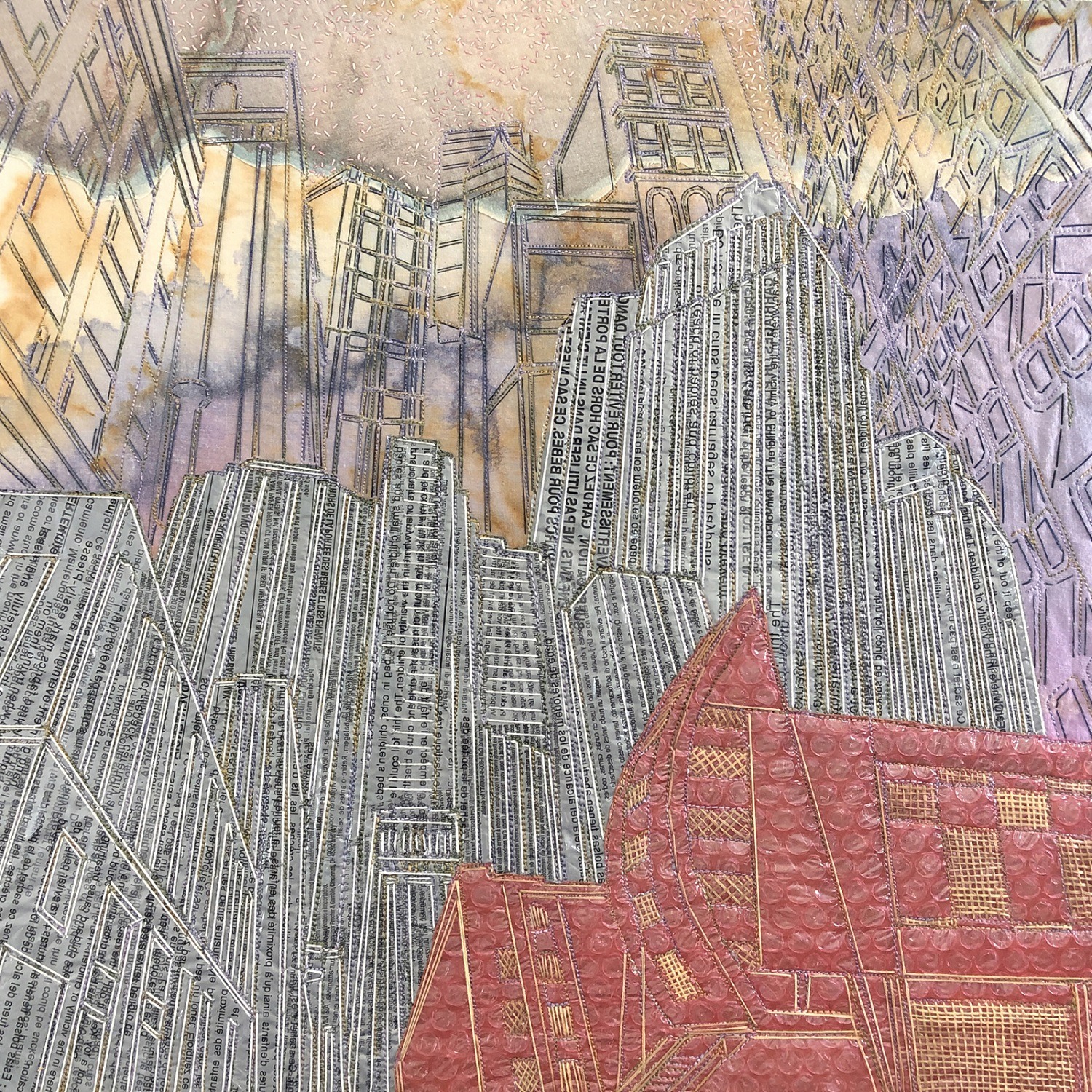
How does your quest for sustainability impact your work specifically?
I am not simply aware of the need for sustainability and the climate crisis all around us. I have taken the time to read, listen, research and take classes. Single-use plastic is a scourge on our planet and single-use plastic pollution is one of the main contributors to climate change. So using it in my art practice is more than just about a desire for a fun and unusual material, it is a statement on the climate emergency we are now fully immersed in.
I am a city girl at heart so, when I make urban-inspired art, it seems totally logical to me to use single-use plastic and other non recyclables as my materials. The graphics on the plastic, the textures of the plastic, dryer sheets and other such items, to me, are perfect for evoking the urban vibe.
When I use single-use plastics to create nature inspired art, it becomes about the irony of creating such imagery from exactly the product that contributes to their demise.
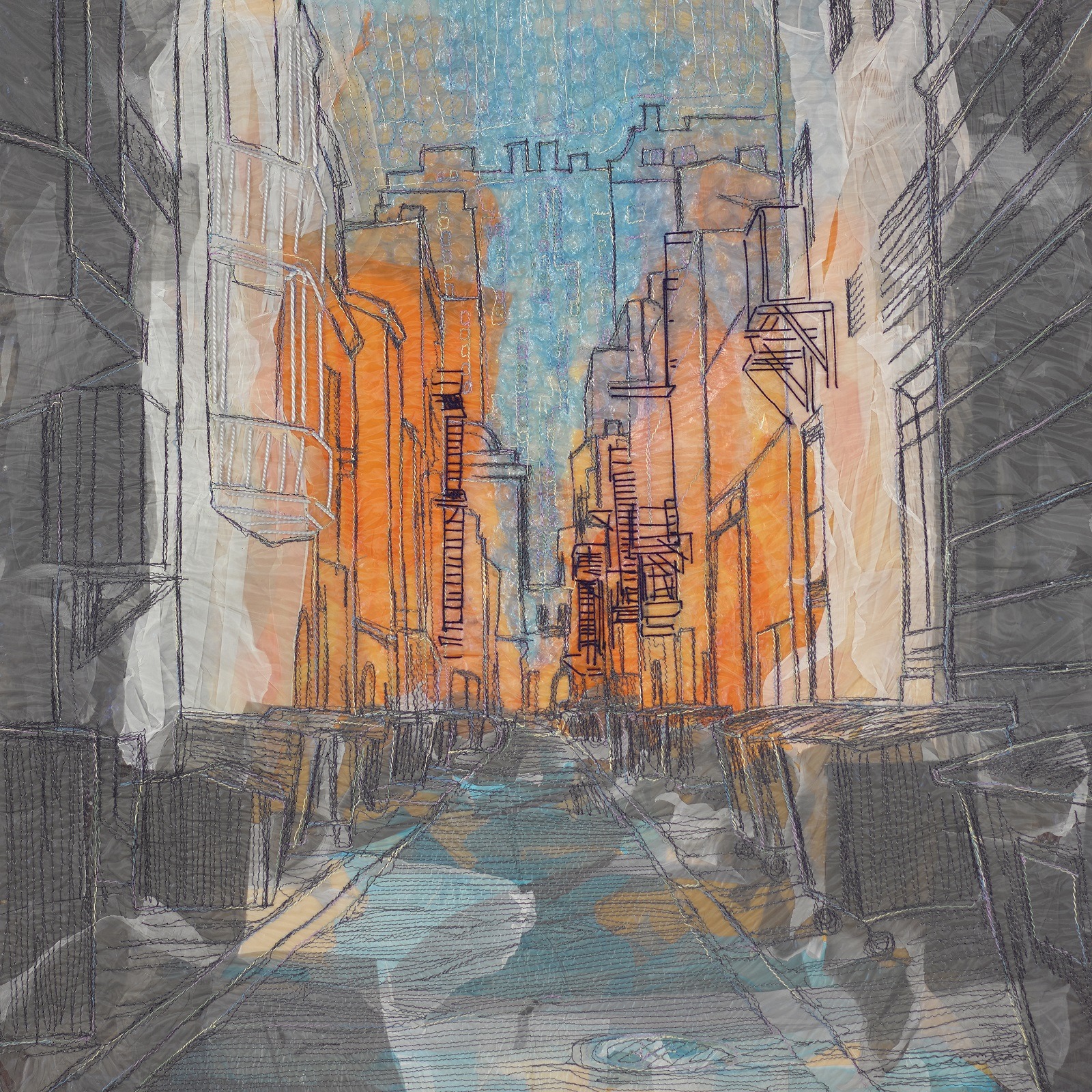
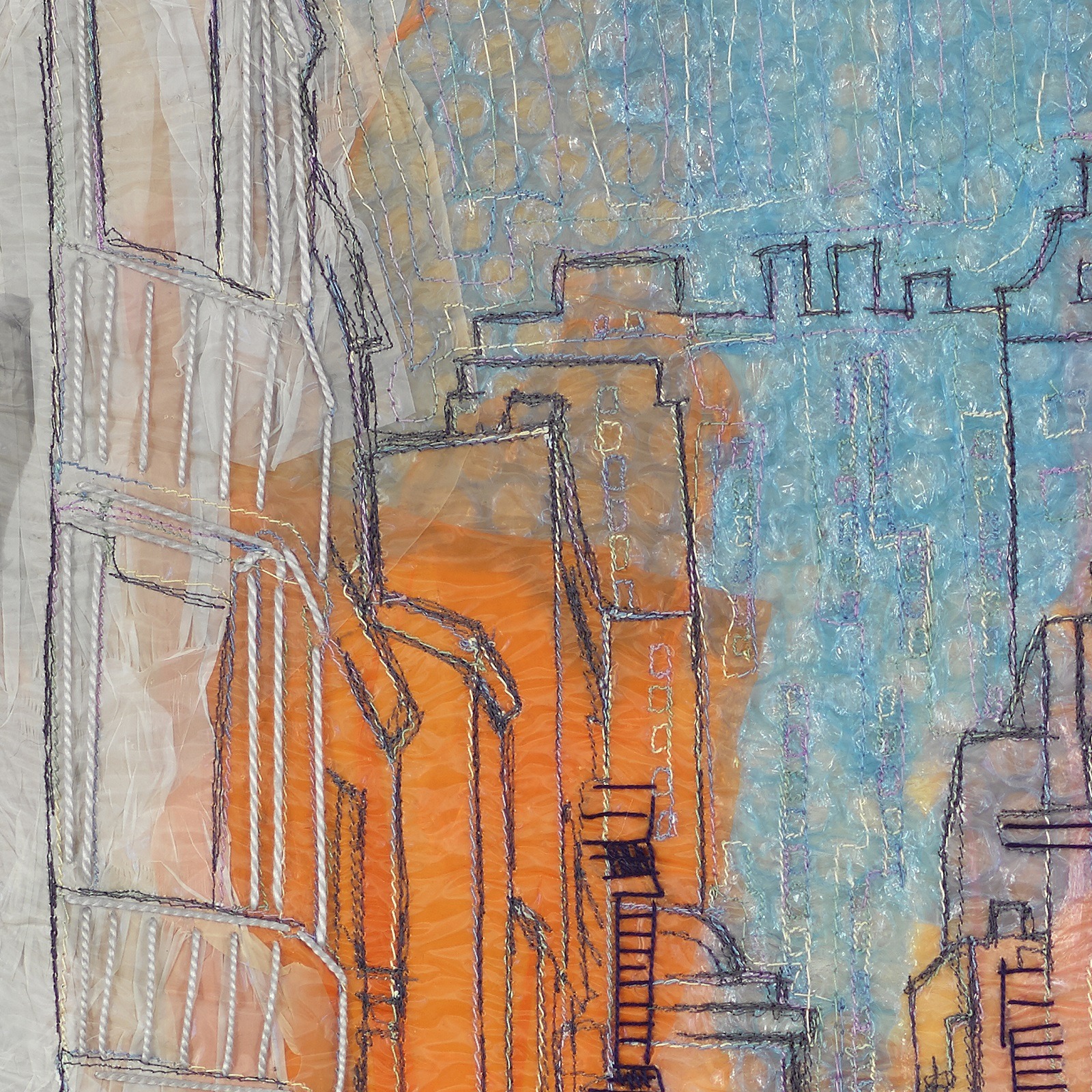
What or who were your early influences and how has your life and upbringing influenced your work?
Oh gosh… the what is hard to pin down! I’m such a sponge, I love taking in information visually or reading or listening. Sometimes it’s immediately evident in my work, but usually, it’s only evident years later as I connect the dots, during an especially reflective moment.
As for the who – I like to think of my grandmother as an early influence. She was a watercolourist, a journaler, a photographer, a stitcher and a paediatric surgeon. She dabbled in many things, I learned to darn socks with her, and dig in the dirt, and make do with whatever was at hand.
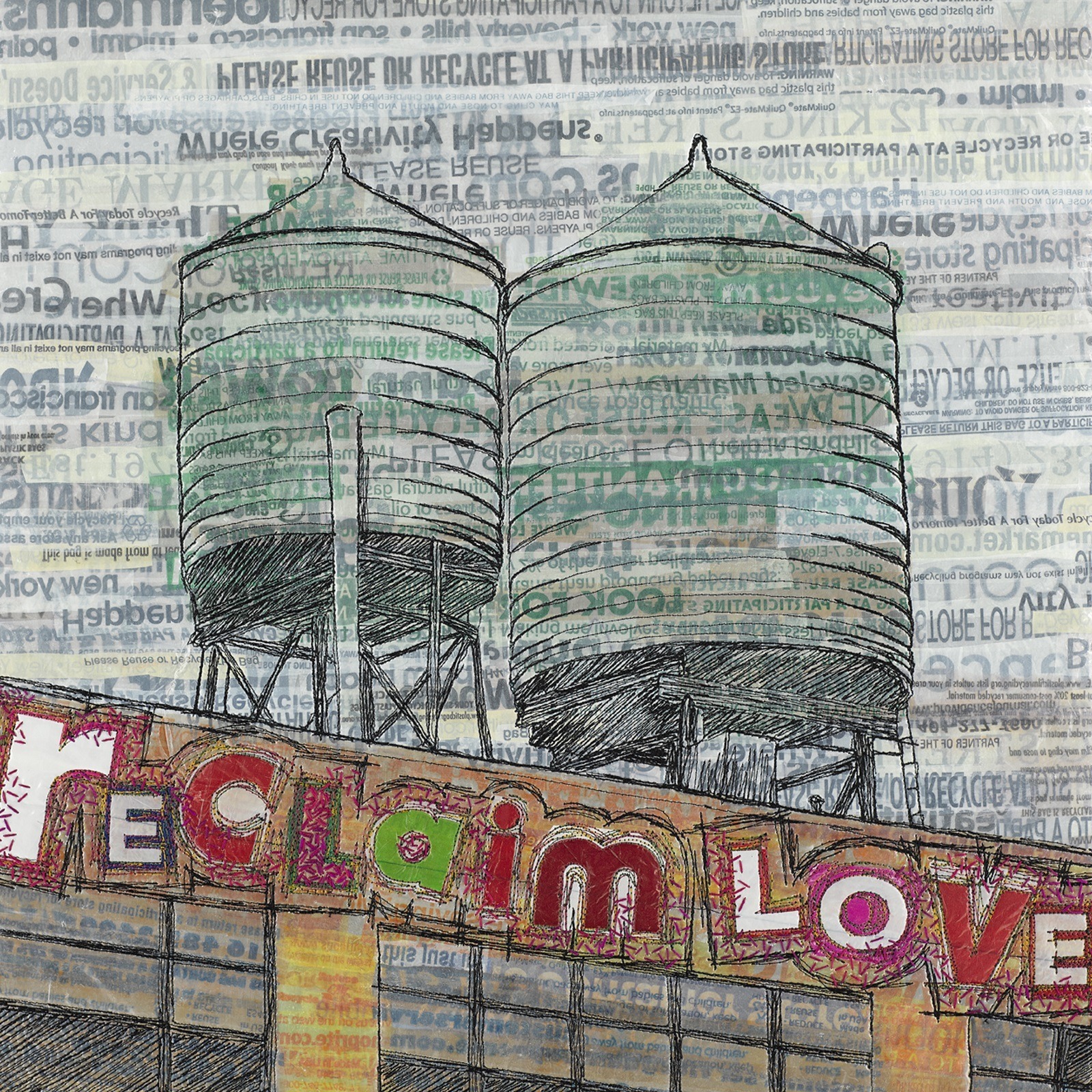
Colours, graphics and lettering
How did you develop your artistic skills?
I studied illustration in high school, and fashion design in college. When I started making art, I did a lot of research. I love diving into books and magazines and then experimenting with what I find fascinating in them. I kept a weekly journal practice for a few years, which was intended for experimenting purposes. I tried a daily journal practice for the same reason as well, that lasted only a year. I took a few workshops here and there but they were hard to take with little kids in tow. Oh how I wish there were online workshops back then. Mainly I experimented and played, and built on my existing skills until I found what I enjoyed best and had a knack for.
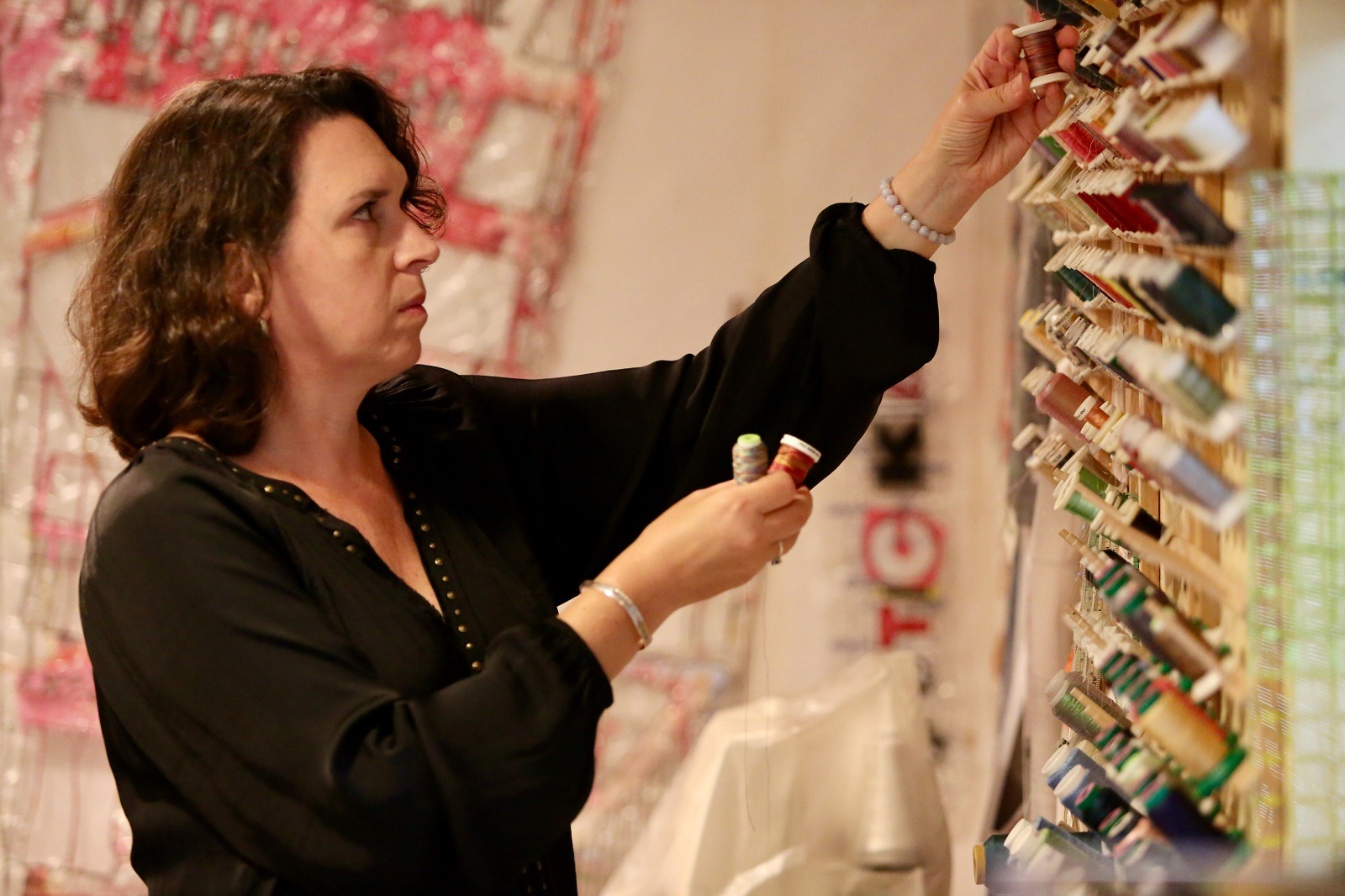
Looking at the planning and research process, how do you develop ideas for your work?
My process starts with photography and technology. Whenever I am out and about, whether in a city or in the great outdoors, I am always on a photo safari. And that is certainly a lot easier these days with smartphones. My sketchbook is more for note taking and the occasional observational sketch. So usually my work starts from a photograph.
Sometimes I make a collage from several photographs, sometimes I will transform my photo into something else using Photoshop. Once I have the initial image it transforms more intuitively as I start figuring out what materials I want to use. The substrate also informs the artwork: do I want to create it on a vintage linen towel or a square canvas?
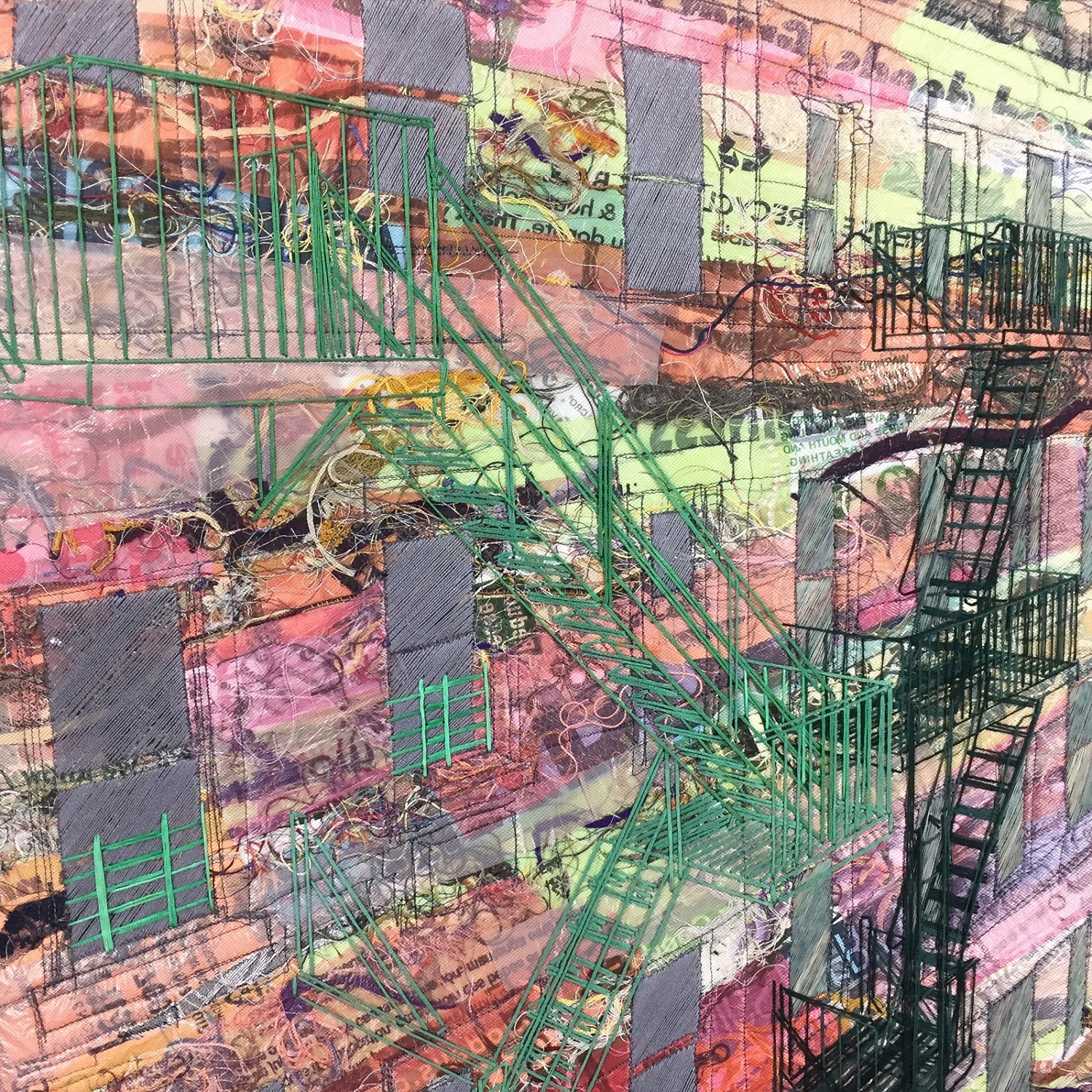
What kind of recycled materials, fabrics, threads and other materials do you especially like to use?
My most favourite material to use currently is single-use plastic. It’s so ubiquitous, from bags to packaging, you cannot get away from all the colours, graphics and lettering. All you have to do is to look at your supermarket purchases and you have a whole new stash.
I also love to use my fabric scraps. I have so many in my stash from the years in fashion design and costuming, plus all the costumes for my daughters’ school plays. I’ve kept even the tiniest bits. I love collaging them together to create something new and exciting.
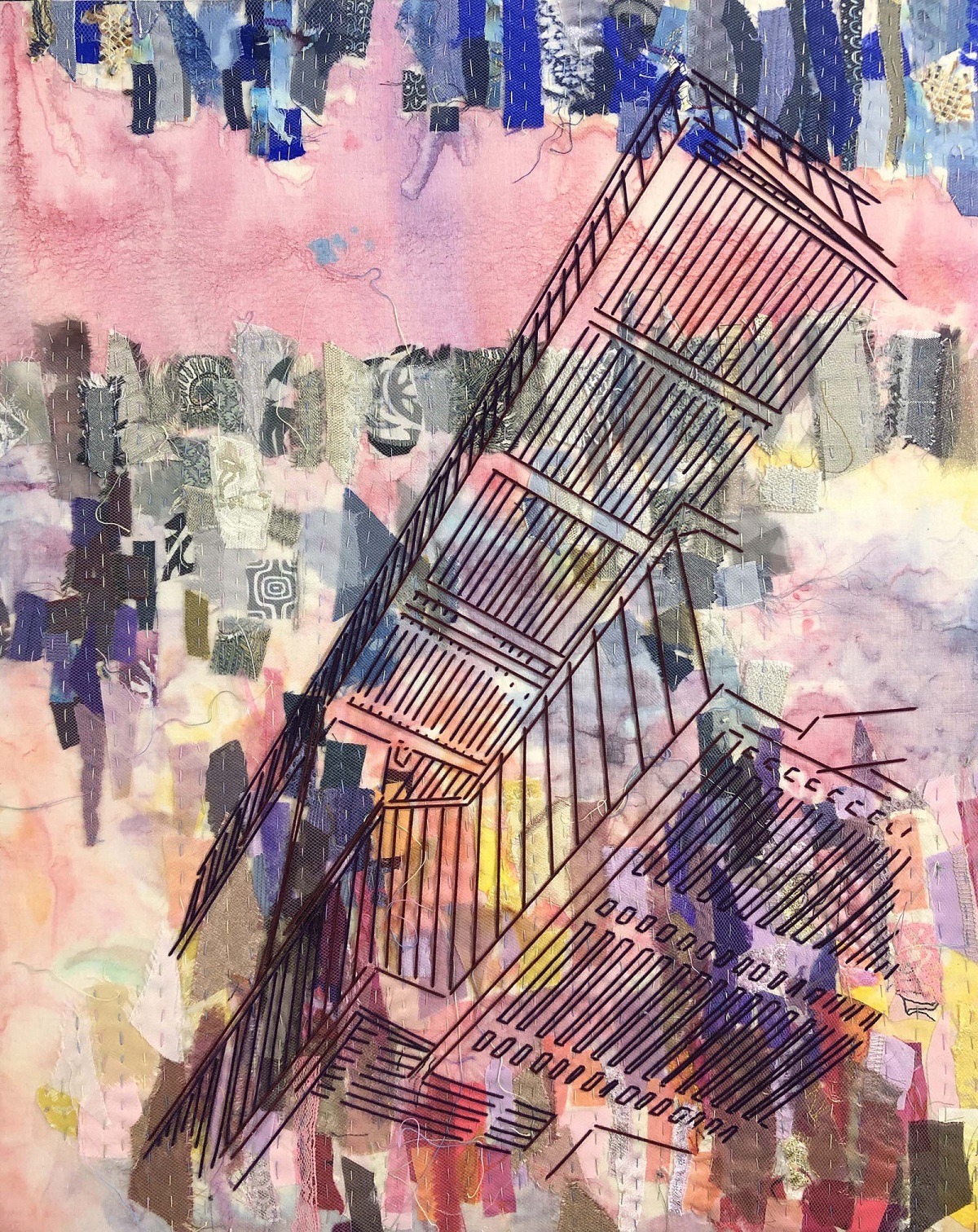
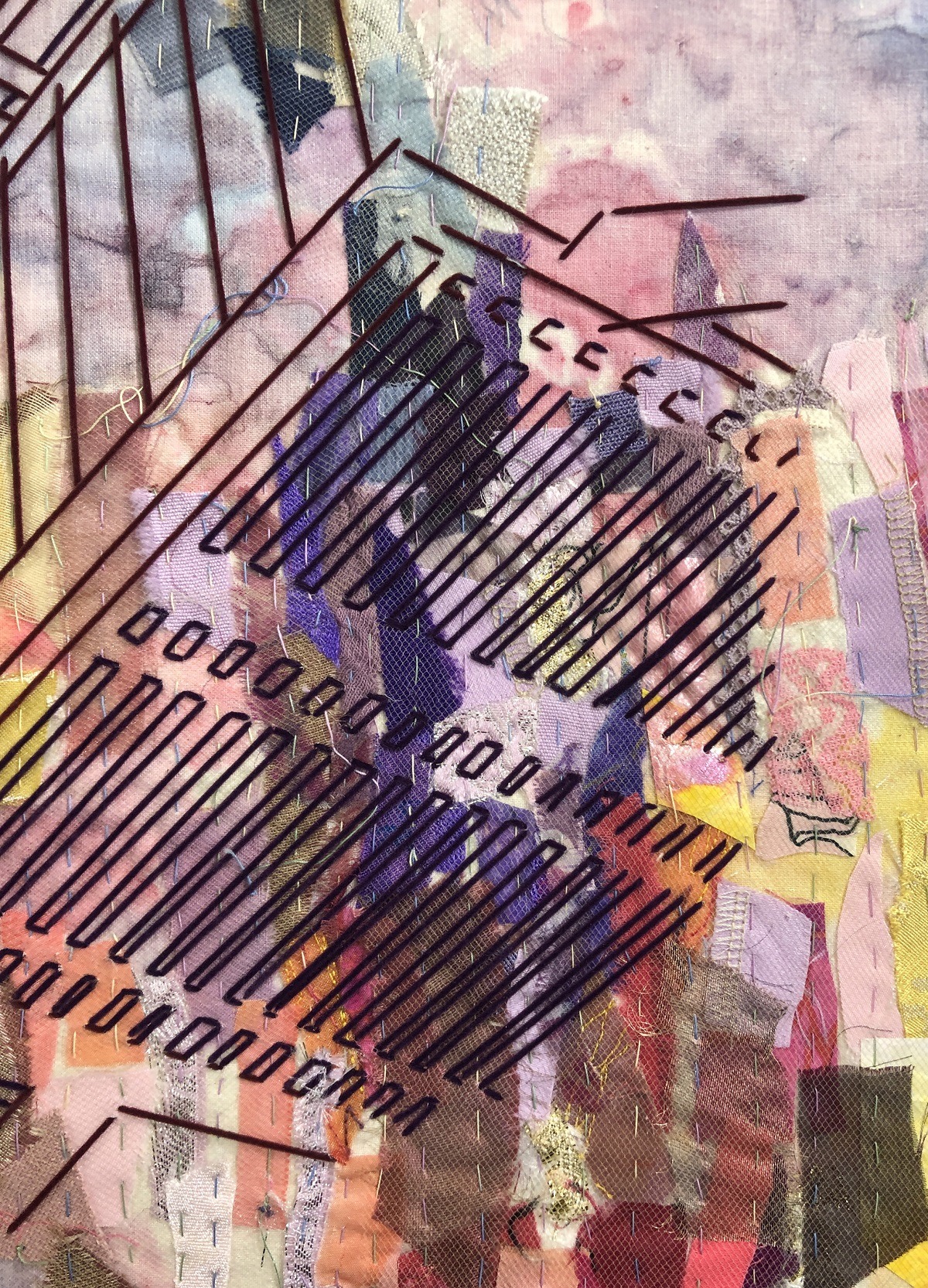
Dreamy floral images
Can you give us a step-by-step overview of how your work comes together?
Once I know what image from my photo library will be the starting point for my artwork, I think about whether I will use the singular image or whether it needs a few companions to create a composition.
The next consideration is the substrate. Sometimes I want to dig into my stash of vintage linens, and sometimes I want to take the modern approach by using a cradled board or a canvas.
Once I know the final size, I start creating my composition. Usually, I start in Photoshop, whether it’s just resizing and cropping, or manipulating and changing proportions, or creating a collage. Then I print out a life-sized mockup, put tracing paper over it and make a new sketch, altering the composition again in the process. That tracing paper will become my initial guide for stitching.
Once I am satisfied with my sketch, I choose my materials. Here the look of my artwork can go in many different directions. If I choose to use fabric scraps to create a background or various elements, it will have one type of a look, if I choose to use large sections of various single-use plastic packaging, it will have a very different look.
I use both hand stitching and machine stitching to create the artwork. Sometimes I start with one and sometimes with the other. The decisions on which are very intuitive, although sometimes also time driven.
If I am on a short deadline, it is likely the piece will be mostly machine stitched as I can go faster by putting the pedal to the metal.

Tell us about a piece of your work that holds particularly fond memories?
It’s always the last one I’ve created. I’ve just finished making several flora-inspired pieces for a solo exhibit at a local gallery. The challenge that I gave myself was to use single-use plastic and dryer sheets from my stash, not to add any colour to the plastic, and to make dreamy, slightly abstracted, floral images.
A limiting challenge is something that I enjoy rising up to, it’s exciting to find solutions and workarounds and still create the image that I want to create.
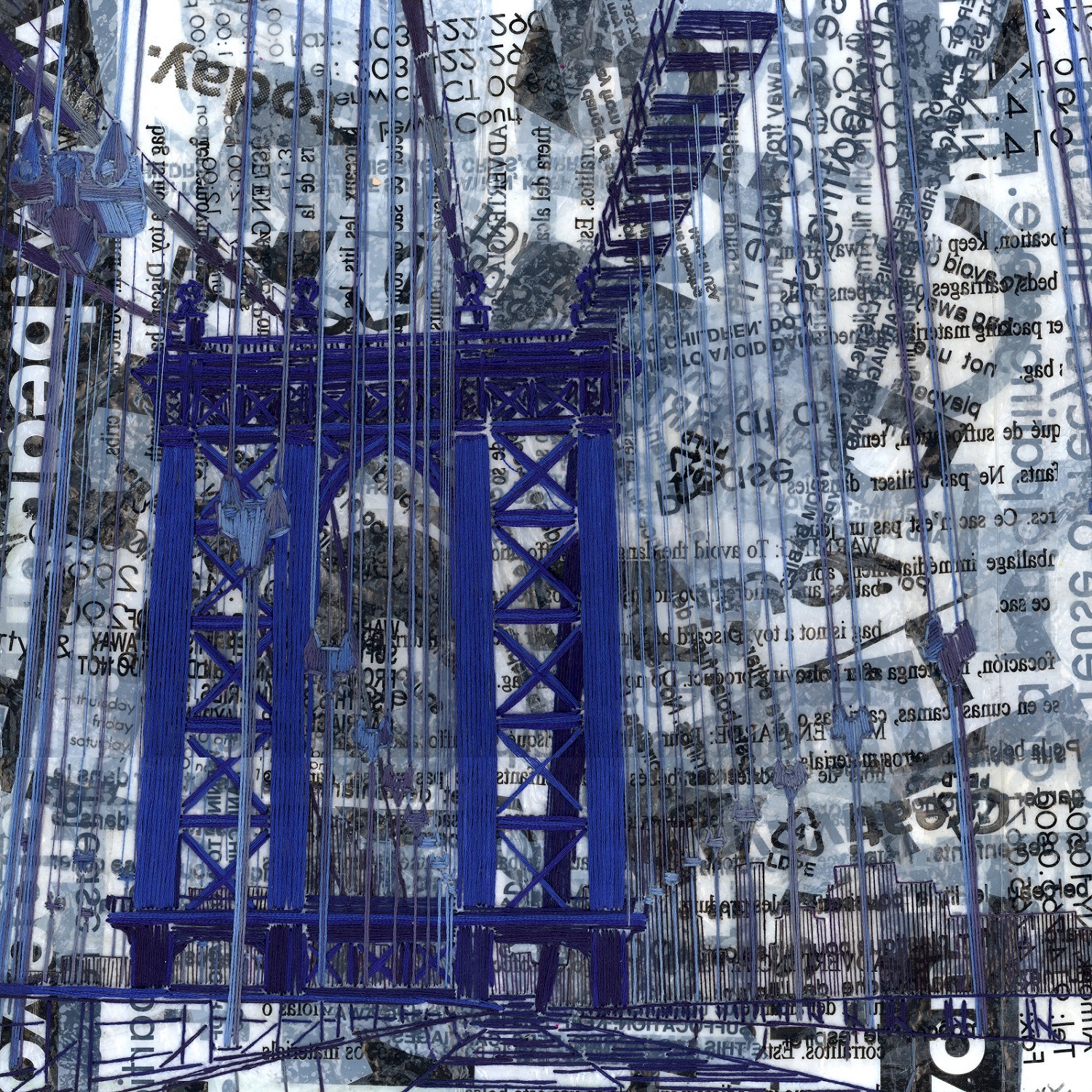
Do you have any tips for makers who want to create textile art that’s kinder to the environment?
Tip number one is always try to use what you already have first. It’s better for your wallet and for the environment, and the challenge is always a good way to get the creative juices flowing. As a matter of fact, whenever I feel stuck, it’s usually because I have too many options.
Take away a few options and watch the work blossom.
Tip number two is to be attuned to how your materials interact with each other, even in the slightest details. Pay attention to what happens when you layer one material over or under the other. How does it change the texture? How does it change the colour, even if it’s very slight? How does your choice of type of stitch or type of thread affect the texture of your substrate?
And tip number three is let your eyes rest. If something feels off or isn’t working, walk away. It’s best if you sleep on it and come back with fresh eyes in the morning. But even a 15-minute break to get a breath of fresh air can be enough to see what you’re working on with fresh eyes and help you solve whatever issue is causing trouble.
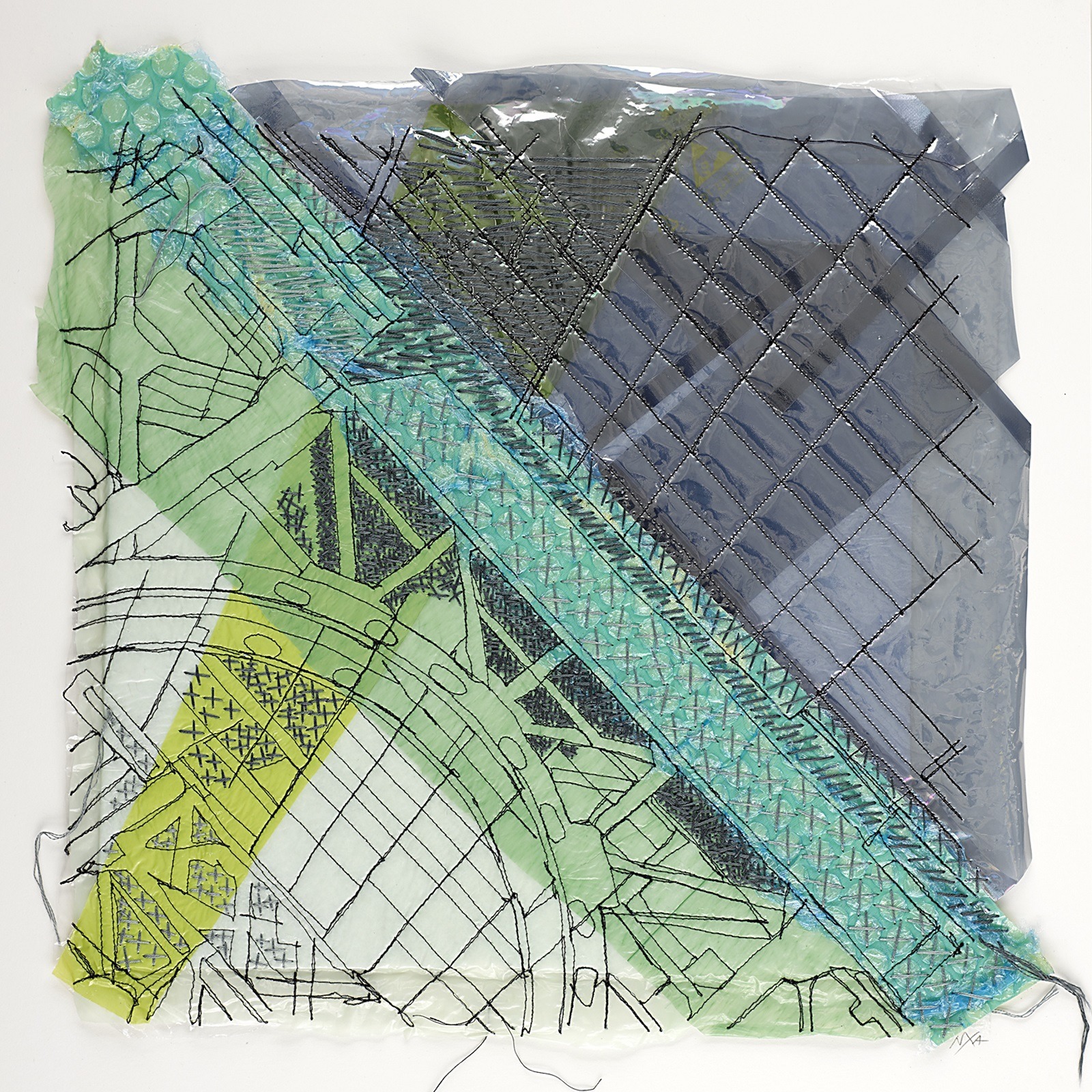
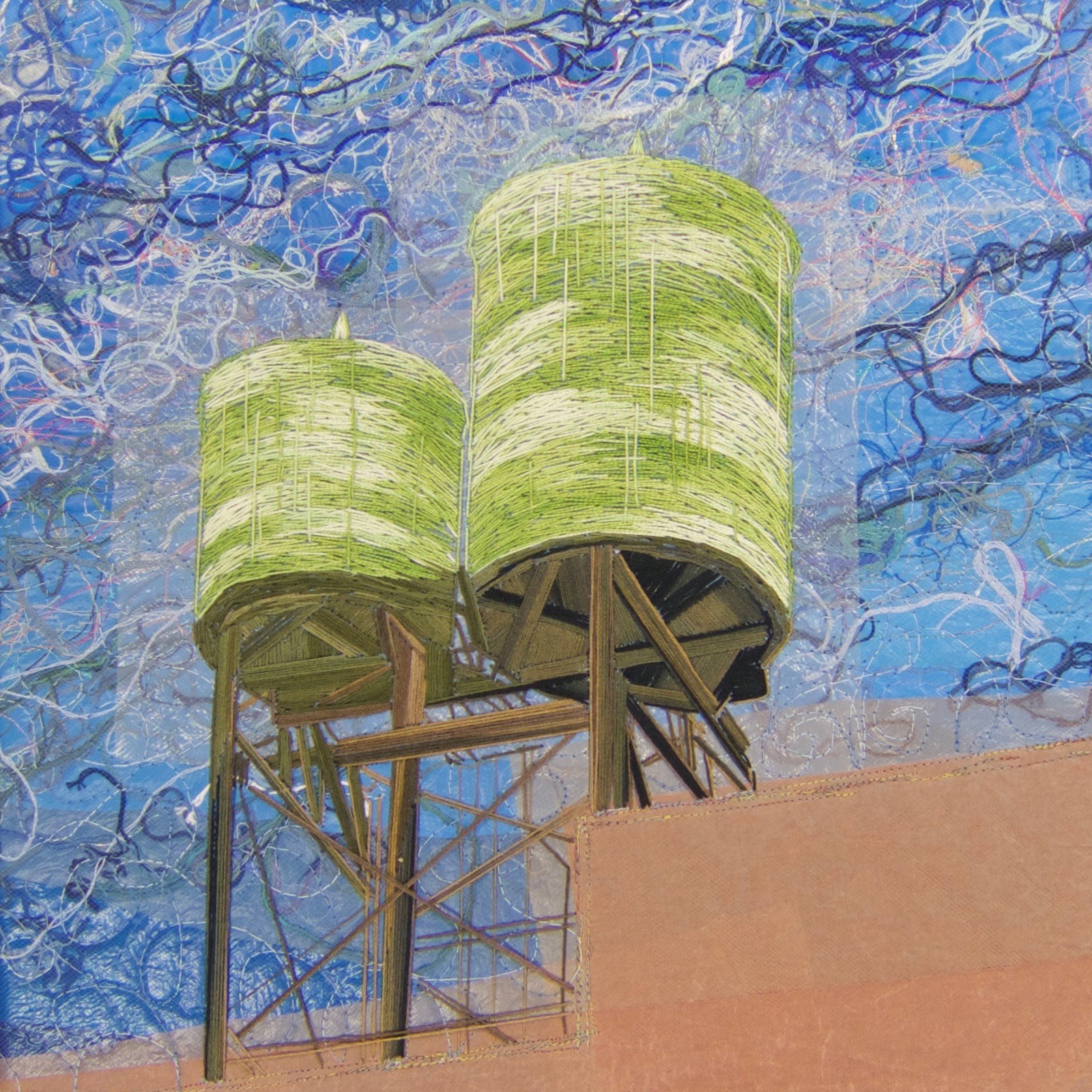
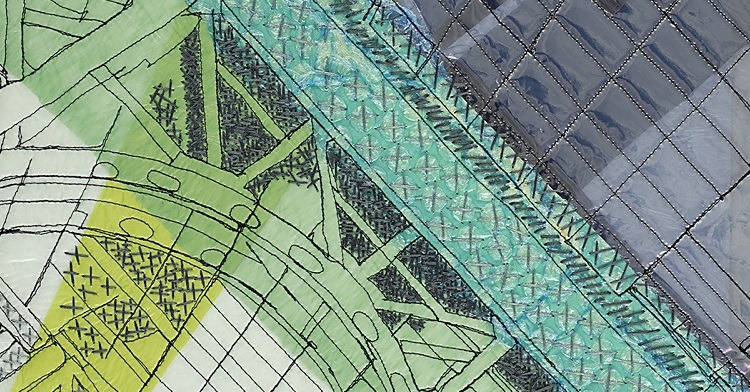

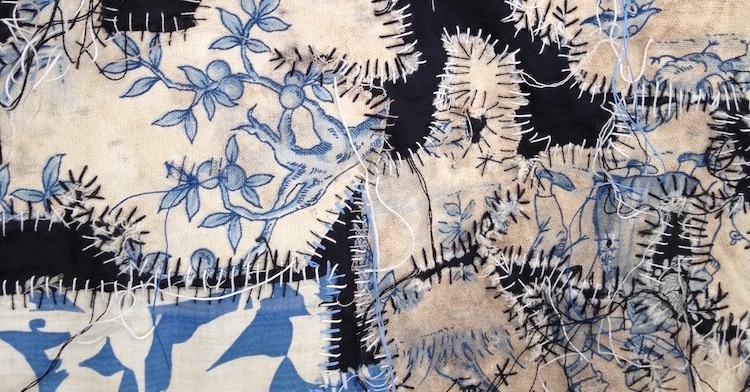
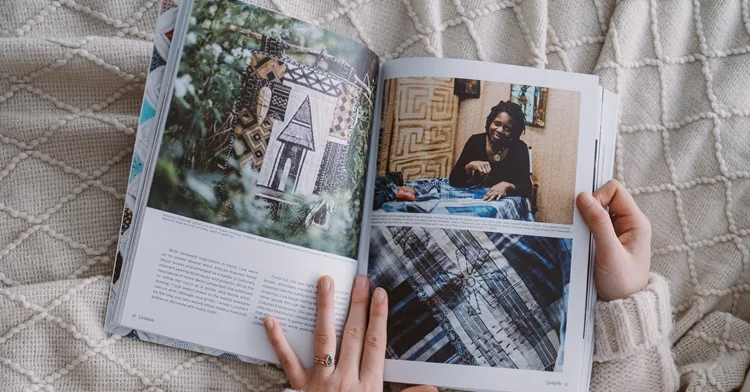
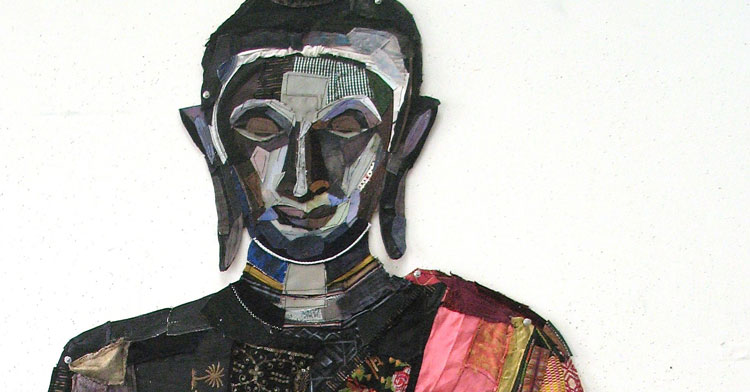

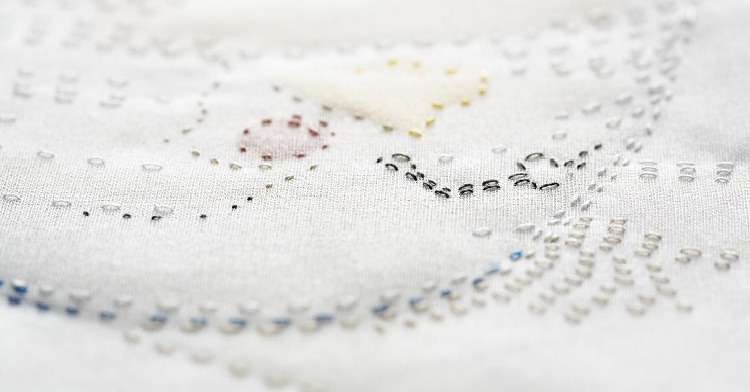
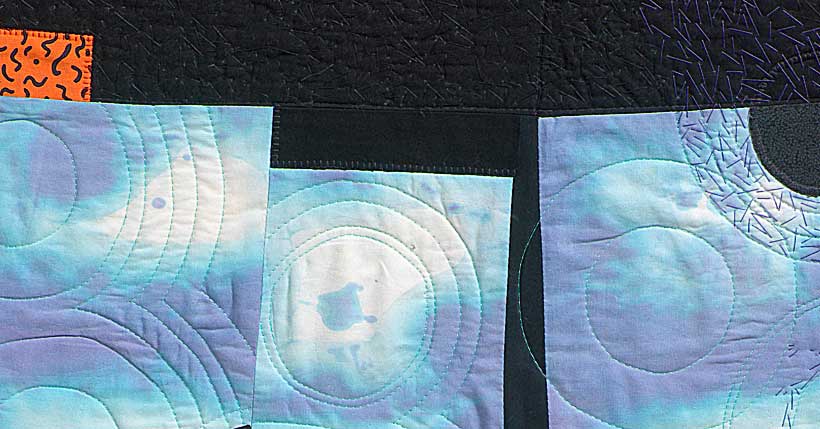
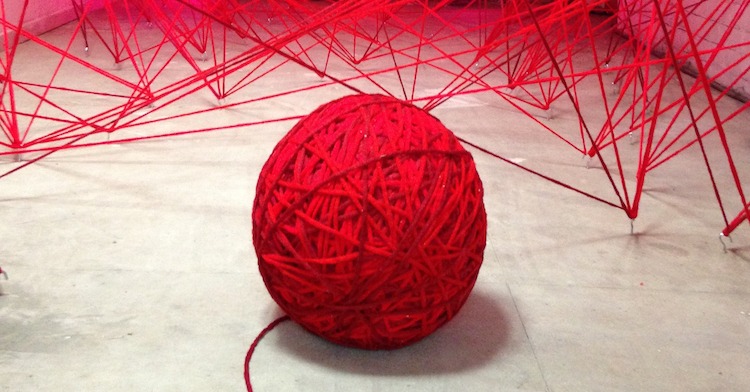
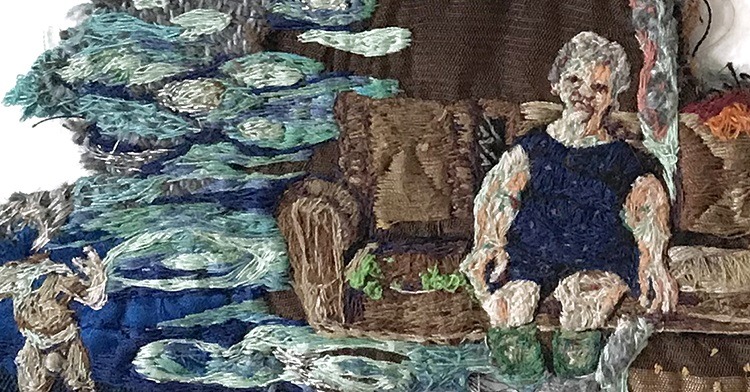
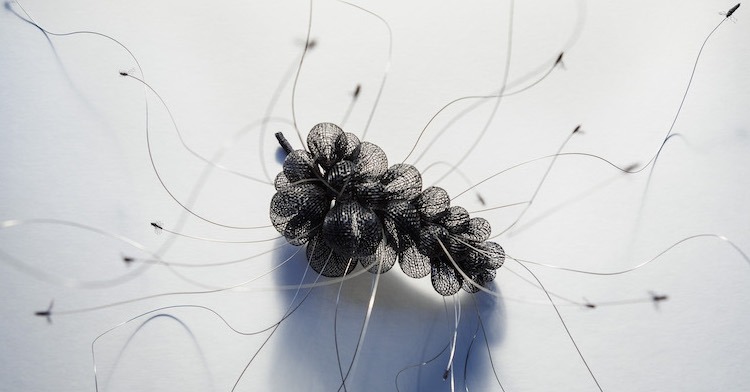
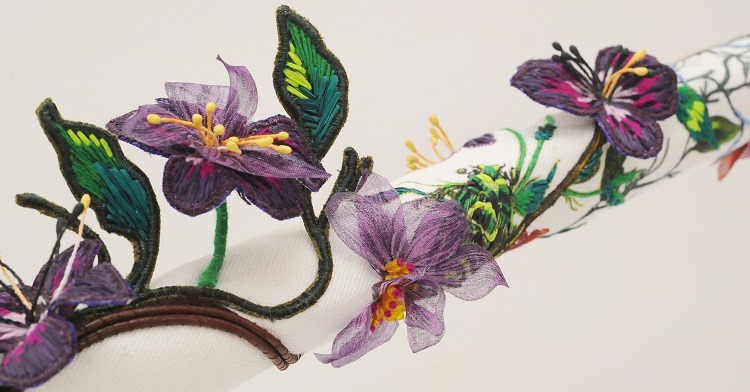
5 comments
Gail Ellspermann
A wonderful article about a visionary artist. I am endlessly amazed by Natalya’s innovative abilities to turn what is largely viewed as discardable, into beautifully detailed artworks. Photos of Natalya’s work don’t begin to show the depth of her skills with needle and thread. If you’re ever lucky enough to see her work you will know what I mean.
Sheralyn Gill
Such inspiring work, i have enjoyed reading all about it thankyou.
Louann Lewis
Brilliant! I am in awe of her work, so impressive!
Christine Strong
How inspirational. I’m in hospital at the moment facing quite a serious and complicated procedure. I’ve been in and out of hospital for a couple of months and am frustrated that I can’t work at my textile designs. Your series of emails has left me optimistic and anxious to recover quickly. Natalya’s work inspired me. Thank you.
Linda
Wish you a successful recovery. If you don’t know the Jean littlejohn jan Beaney series of books very light and not expensive you would enjoy looking at them artvango knebworth have them.